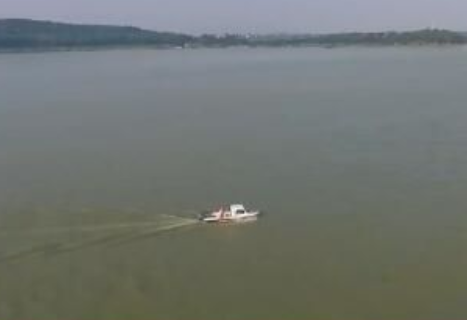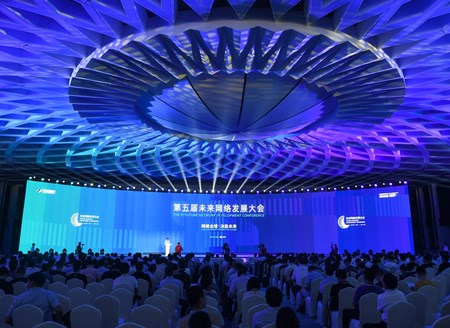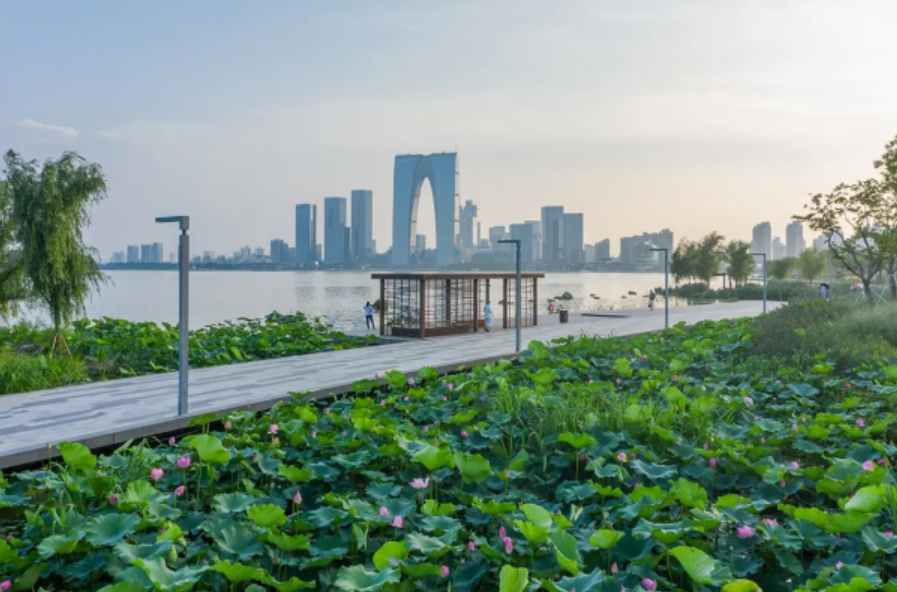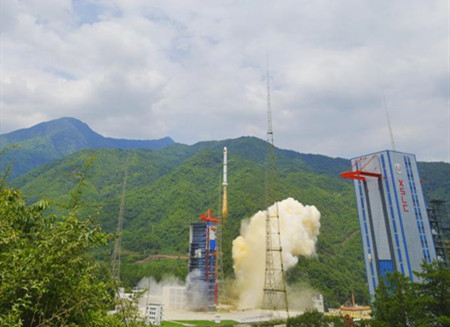East China’s Jiangsu Province will step up its efforts for the prevention and control blue-green algae outbreak in the Taihu Lake, the provincial department of ecology and environment said in a news briefing on the cleanup of the blue-green algae in the country’s third largest freshwater lake.
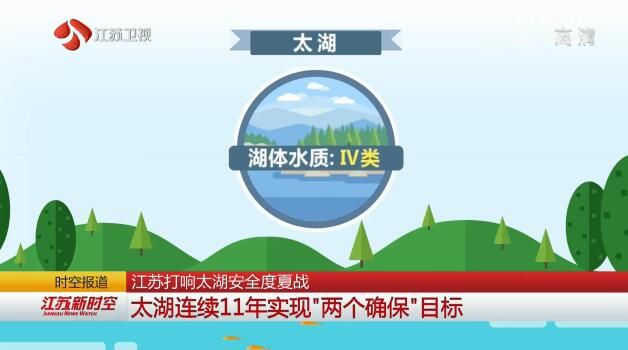
In 2018, Jiangsu made headway in the treatment of blue-green algae in the Taihu Lake. The total nitrogen concentration in the lake water decreased by 16.4% compared with the previous year, and the water quality was improved to Class IV for the first time.
11 of the 15 rivers leading into the lake have reported improving water quality that is higher than Class III standards.
94.2% of the 137 segments of the lake were up to the water quality standards, 9.5 percentage points higher from last year. The combined results have helped the province to achieve the targets for 11 years in a row.
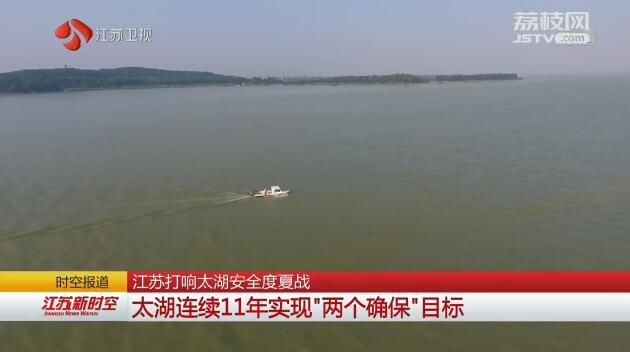
At present, the total water pollution discharge in the Taihu Lake Basin still exceeds the water environment capacity. In addition, the average temperature and high temperature days in the Taihu Lake region this summer are higher than in previous years, making it all the more difficult for the prevention and control on blue-green algae outbreak in the Taihu Lake.
In order to promote the continuous improvement of Taihu Lake's water quality and the improvement of ecological environment, the province will enhance the control on domestic sewage discharge in the urban and rural areas. More than 400 kilometers of sewage pipe network will be built this year to increase sewage treatment capacity to 150,000 tons per day. 91.2% of the 137 segments of the water and 76% of the functional zones in the lake will be up to the standards. The goal is to control water quality within the annual target with the total discharge of major pollutants to be further reduced.
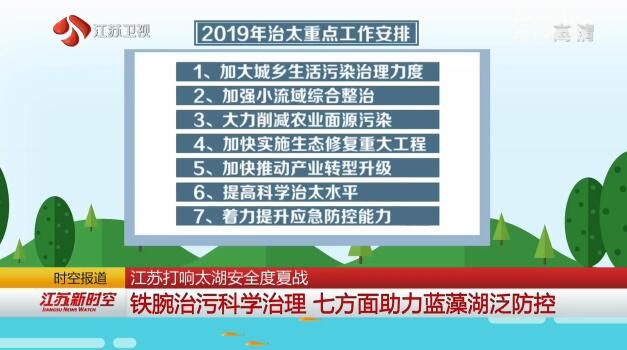
Located in the highly developed and densely populated Yangtze River Delta, Taihu Lake, China's third largest freshwater lake has become increasingly polluted in the recent years.
In May 2007, in the lakeside city of Wuxi, a sudden overgrowth of the blue-green algae polluted the intake area for drinking water, which resulted in the suspension of the fresh water supply to half of the 2.3 million city's residents for a week.
